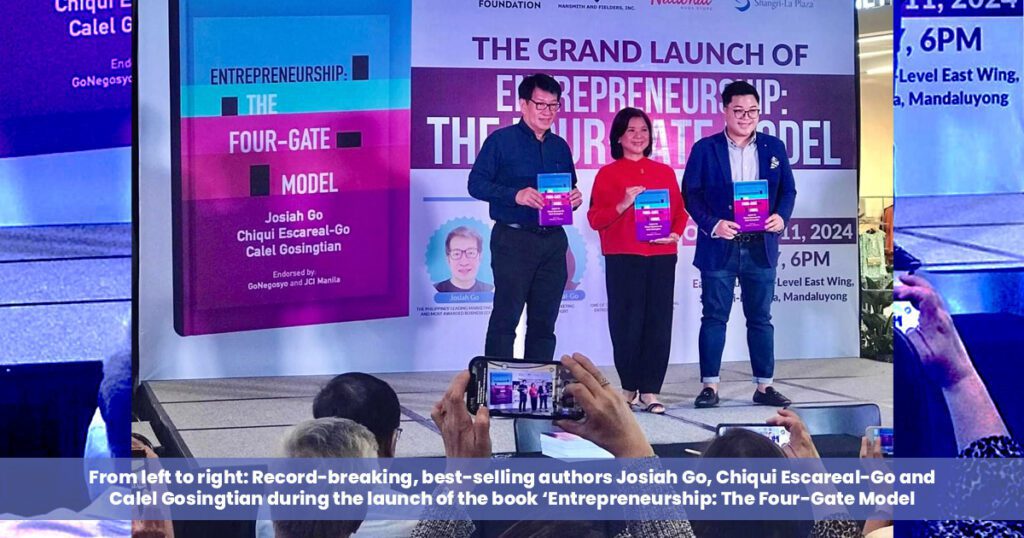
Opportunity-Seeking
Opportunity Seeking is the process of spotting, evaluating, and pursuing relevant and sustainable revenue- and profit-generating activities in the marketplace. Thereare two general sources of spotting opportunities.
- Voice of Customers (VOC). By understanding and addressing pain points of the customers and consumers, firms can create products, services, or solutions to address these pain points. For instance, prospects want to buy but wish there was an installment plan. Of course, there is a need to focus on a chosen target market to ensure a product-market fit.
- Voice of Enterprise (VOE). By understanding and addressing problems of the company that need to be solved, firms can review their value chain, and create processes, collaborations, controls, and improvements. This is to address internal challenges, inefficiencies, and areas of improvement to enhance capabilities and reduce costs, and ultimately advance their competitive position in the marketplace. For instance, the company may want to extend more credit but prefers to improve collection first before having more exposure on uncollectible accounts.
Remember marketing is not just about satisfying customers – that is the role of products or services. Marketing satisfies customers better than competition at a profit, hence, both the voice of customers, as well as the voice of enterprise need to be taken into consideration. By solving the pain points of both customers and company, businesses can create opportunities for greater customer satisfaction, continuous improvement, innovation and efficiency – all of which provide value and are appreciated by their constituents.
Voice of Enterprise (VOE)
Voice of Enterprise research is a process that articulates the needs of the entrepreneur or his/ her company. The needs can change during the different life cycles of the company which are the formation stage, the growth stage, the maturity stage, and the renewal stage. These needs are usually expressed during company meetings or when questions are asked by owners with a specific focus. Some of the needs are shown below.
- Operational Efficiency – The need to streamline processes and/or adopt technology to improve internal inefficiencies, like improve productivity, and reduce costs.
- Supply Chain Resilience – The need to have a reliable supply chain not relying on a single source for key components
- Employee Skills Gap – The need to upgrade skills among employees in order not to hinder the company’s ability to pursue the desired outcome it wants.
- Employee Satisfaction – The need to reduce employee turnover, improve morale, and enhance team performance.
- Innovation and Differentiation – The need to de-commoditize products or services and create an innovation pipeline to avoid being price- or promo-driven (red ocean) and to stay ahead of competition.
- Financial Growth – The need to strengthen the financial position of the company.
- Succession Planning – The need to avoid instability during transitions.
- Corporate Culture – The need to align everyone to the direction of the company, focusing not just on effectiveness but also efficiency and impact.
- Social Responsibility and Sustainability – The need for purpose and authenticity and to improve reputation by caring for the environment and community/society.
- Regulatory Compliance – The need to pass all audits ensuring responsible business and good governance practices.
- Wastage and Pilferage – The need to prevent losses due to wastage or pilferage
While solving the pain points of the company, growth strategy is also being pursued simultaneously. Also solving pain points of the company is usually done simultaneously with solving pain points of the customers. An entrepreneur would not want to do supply-side thinking by solving the company’s problems without responding to the customer’s problems, unless the customer’s problems are caused by internal issues.
For instance, some supermarkets have a separate section for infant milk and baby needs inside the store. The reason for this is that the items in this section are among the most frequently stolen items. While there may be a bit of inconvenience for customers to visit a different section, supermarkets like Robinson’s ensure it is still “a store within the store” to minimize inconvenience of regular shoppers.
***
Josiah Go is chair and chief innovation strategist of Mansmith and Fielders Inc. He is co-author of the book Entrepreneurship: The Four-Gate Model (with Chiqui Escareal-Go, and Calel Gosingtian) officially endorsed by Go Negosyo and JCI Manila.


